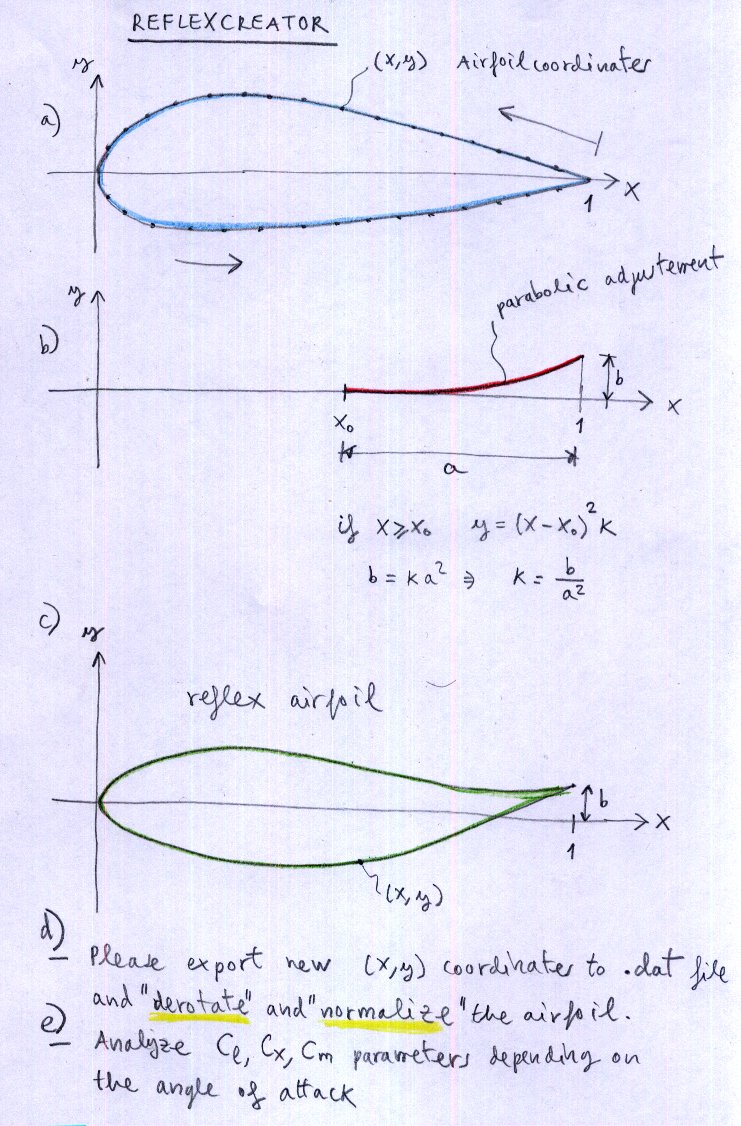

Another observation is that increasing the maximum thickness of the aerofoil leads to a decrease in the maximum lift/drag ratio. According to the set of result obtained so far, the initial observation of the aerodynamic performance of the newly designed aerofoils is that the lift/drag ratio in general is higher than that of the existing ones used in many current-generation high-altitude long-endurance aircraft. Each individual target was run separately to design several aerofoils of different thicknesses that meet the target criteria. Three optimisation targets were set to achieve maximum aerodynamic performance characteristics. The primary target here was to design a number of aerofoils with low pitching moment, suitable for an aft-swept flying wing configuration operating at low Reynolds number in the range of about 0.5 × 10 6. The second part contains the optimisation code using a genetic algorithm. This combination is quite efficient in using an optimisation search process because of the capability to define a range of design variables that can quickly generate a suitable aerofoil. PARSEC parametrisation has been used to represent the camber line while the Bezier-curve has been used to select the thickness distribution. The first part generates the aerofoil section geometry using a combination of PARSEC and Bezier-curve parameterisation functions. The tool consists of 2 parts in addition to the aerodynamic solver XFOIL. In this paper,the uncertain factors which should be taken into consideration at the very beginning of reflexed airfoil design for a low speed flying wing mini UAV were specified as the variation of dynamic pressure and Reynolds number,together with the distortion and manufacture error of physical shape,then a robust design model was advanced to degrade the performance sensitivity to these uncertain factors.During the process of robust model computation,a parametrization technique based on the improved PARSEC was employed to quantify the uncertain of airfoil physical shape,a neural network was trained to predict the aerodynamics performance instead of the solver of Navier-Stokes Equation,and Monte Carlo random experimental simulation was used to substitute the calculation of objective's probability density function.The optimization result of the Epler186 proves that this robust model and the computation method are effective and applicable,and the sensitivity of airfoil performance to the uncertain factors could be reduced efficiently.In this paper, 12 new aerofoils with varying thicknesses for an aft-swept flying wing unmanned air vehicle have been designed using a MATLAB tool which has been developed in-house.


 0 kommentar(er)
0 kommentar(er)
